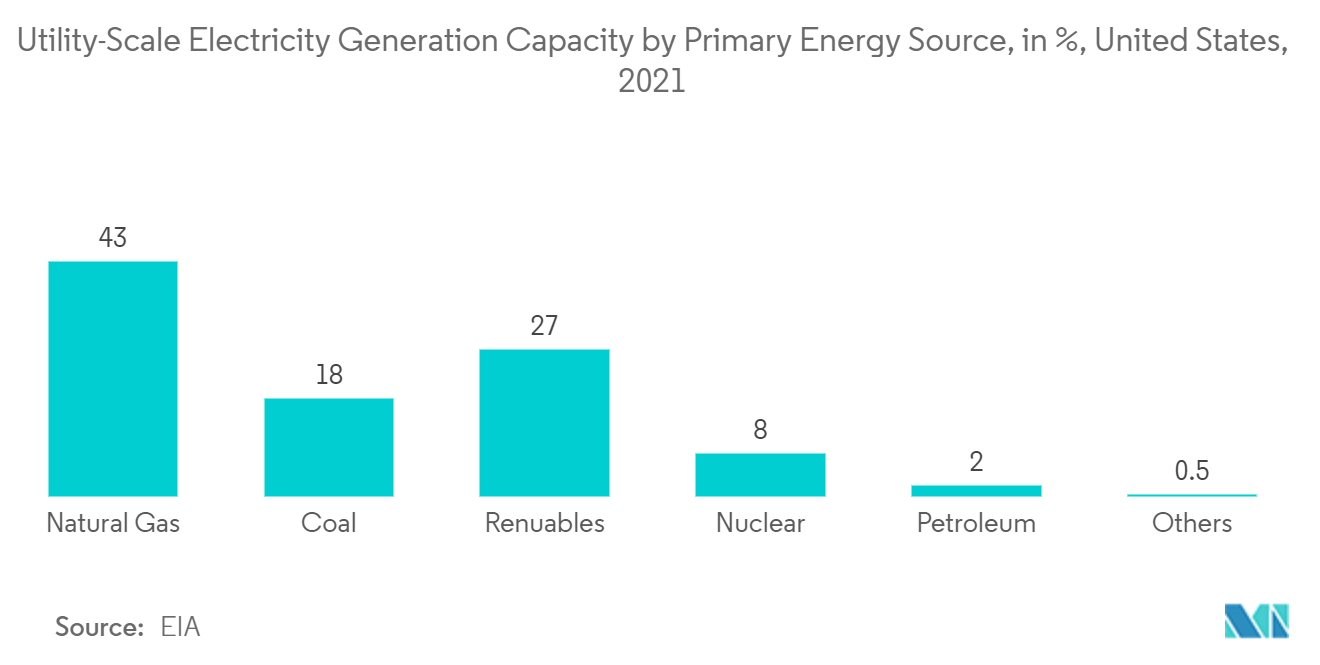Market Trends of United States Borescope Industry
This section covers the major market trends shaping the US Borescope Market according to our research experts:
Aviation Sector to Hold a Significant Market Share
- The aviation industry in the U.S. is highly developed and is among the largest globally, both in the civil and defense sector. Over the years, the region has witnessed a significant increase in the number of passages; according to the Bureau of Transportation, about 632.4 million passengers were carried by U.S. airlines in 2021, compared to 347.9 million in 2020.
- Aviation specialists depend on aircraft borescopes for the visual inspection tool for aircraft engines, fixed-wing aircraft, and helicopters to ensure that internal components are within optimal performance standards; as these activities are carried out frequently and often within strict timelines, the demand for solutions that can help the maintenance team perform their work efficiently and quickly remains high.
- According to USA Borescopes, while a 6 mm borescope inspection camera with about one meter of working cable is used for most smaller piston engines to obtain a clear vision of the piston walls, piston head, head, as well as lifters, a more minor or micro borescope camera with probe measuring 4mm, 3mm or below in diameter is required for smaller turbine engines, to fit through many of the borescope guide tubes.
- The United States is also among the leading aircraft manufacturers in the civil and defense domain; the manufacturing industry is also expected to drive the demand for borescopes, especially for inspection purposes of products such as aircraft turbines, wings, engines, etc. Boeing, Lockheed Martin, Textron Aviation, etc., are among the leading companies operating in the country's aviation industry.

Increasing Investment in Power Generation Industry to Drive the Demand
- The United States is among the leading producer, suppliers, and consumers of energy. World-class innovation, and growing consumer demand, combined with a competitive workforce and supply chain in specific industry segments, make the United States' energy market competitive.
- According to the Energy Information Administration (EIA), the United States had about 0.03 billion kW of small-scale solar photovoltaic electricity generating capacity and about 1.14 billion kW of total utility-scale electricity generating capacity at the end of 2021.
- In terms of electricity sales, at the end of 2021, retail sales of electricity to end-use customers in the United States increased to about 3,795 billion kWh or about 3.8 trillion kWh, rising by about 77 billion kWh from 2020. The growing consumption of electricity is expected to drive investments in new energy generation plants and technology, which is anticipated to have a positive impact on the demand for borescopes.
- Lately, the United States government has also started taking several initiatives to increase the country's renewable energy generation capacity, which is driving both private and public investment in the renewable energy sector. For instance, in September 2021, the United States government announced that they are considering a USD 550 billion clean energy bill to modernize everything from power generation to bus networks. Such trends are expected to create future growth opportunities for the studied market.


